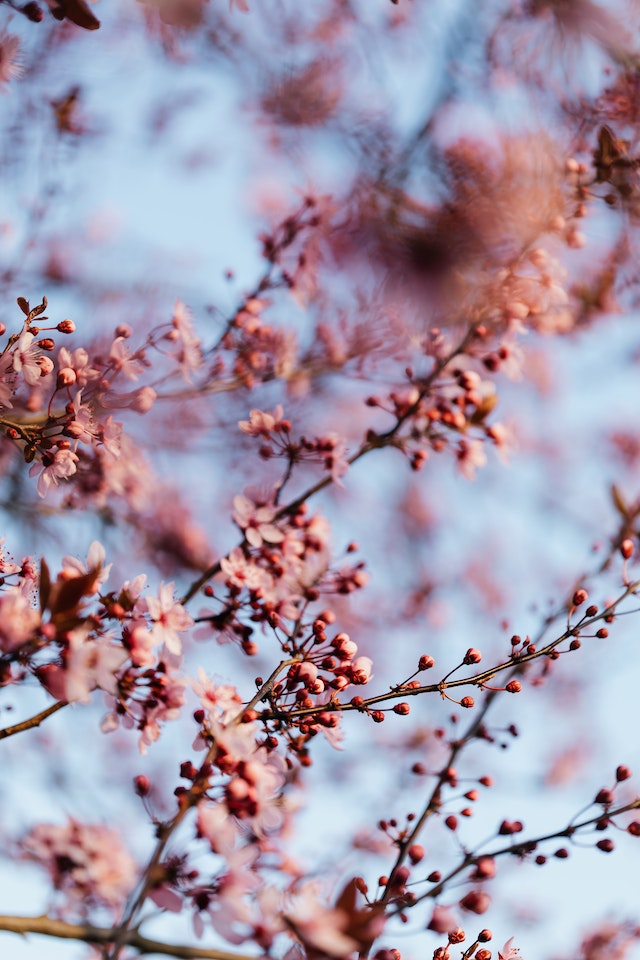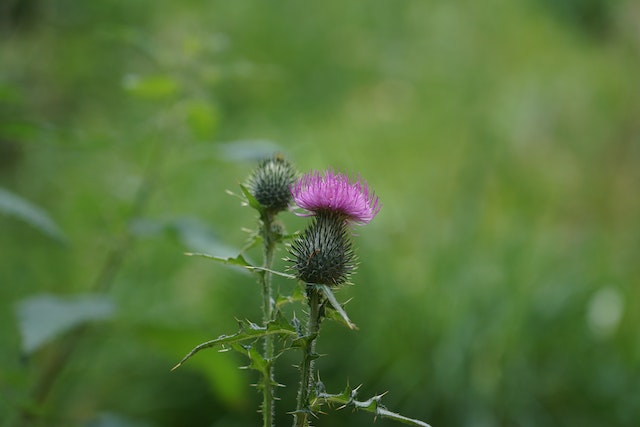Disclaimer: This Materia Medica is provided for informational purposes only and should not replace professional medical advice. Please consult with a qualified healthcare practitioner or herbalist before using any herbal remedies.
Materia Medica of Wild Cherry (Prunus serotina)
Introduction: Wild cherry, scientifically known as Prunus serotina, is a deciduous tree native to North America, particularly abundant in the eastern United States and Canada. As a professional herbalist, I’m delighted to share an exhaustive Materia Medica for wild cherry, a valuable medicinal plant with a rich history of traditional use. Wild cherry is renowned for its therapeutic properties, and its various parts have been employed for centuries to address a wide range of health concerns.
Botanical Description:
- Wild cherry is a medium-sized tree that can reach heights of 30-60 feet (9-18 meters).
- It bears simple, alternate leaves with finely serrated margins and pointed tips.
- The tree produces fragrant, white to pale pink flowers in pendulous clusters in late spring.
- Its fruit, commonly referred to as chokecherries, are small, dark, and bitter, typically ripening in late summer.
Parts Used:
- Bark: The bark of wild cherry is the most commonly used part for medicinal purposes.
- Fruit: The chokecherries can also be used, though they are primarily employed in culinary applications.
Constituents: Wild cherry bark contains several key constituents, including:
- Cyanogenic glycosides (prunasin and amygdalin)
- Tannins
- Volatile oils
- Flavonoids
- Coumarins
- Resins
- Organic acids
Actions and Therapeutic Uses:
- Expectorant: Wild cherry bark is a powerful expectorant, making it valuable for alleviating coughs and respiratory congestion. It helps to thin and expel mucus from the respiratory tract.
- Antitussive: The bark also possesses antitussive properties, making it an effective remedy for soothing persistent coughs. It can help reduce the frequency and severity of coughing fits.
- Mild Sedative: Wild cherry has mild sedative properties that can help promote relaxation and reduce anxiety. It is often used to ease nervous tension.
- Analgesic: The bark has been used traditionally as a mild pain reliever, especially for headaches and muscle aches.
- Antioxidant: Wild cherry contains flavonoids and other antioxidants that can help protect cells from oxidative stress and free radical damage.
- Anti-Inflammatory: Some herbalists suggest that wild cherry bark may have anti-inflammatory effects and could be beneficial for conditions involving inflammation.
- Astringent: The tannins in wild cherry bark give it astringent properties, which can help tone and tighten tissues. This property may be useful for diarrhea and other gastrointestinal issues.
- Fever Reducer: Traditionally, wild cherry bark has been used to lower fever and induce sweating, which can be helpful during febrile illnesses.
Dosage and Preparation:
- Infusion: To make a wild cherry bark infusion, steep 1-2 teaspoons of dried bark in a cup of boiling water for 10-15 minutes. Drink this infusion up to three times a day.
- Tincture: A tincture can be prepared using the dried bark in a 1:5 ratio with alcohol. A typical dosage might be 1-2 ml (approximately 20-40 drops) up to three times daily.
- Syrup: Wild cherry bark syrup is a popular preparation, often combined with other soothing herbs like licorice or honey to improve taste.
Safety Precautions:
- Wild cherry bark contains cyanogenic glycosides, which can release toxic cyanide when ingested in large quantities. Proper preparation and dosing are essential to minimize the risk of toxicity.
- Pregnant and nursing women should avoid wild cherry preparations due to potential risks.
- Always consult with a qualified herbalist or healthcare professional before using wild cherry for any health condition, especially if you are taking medications or have underlying health concerns.
Conclusion: Wild cherry (Prunus serotina) is a valuable medicinal plant with a long history of use in traditional herbal medicine. Its bark, in particular, is prized for its expectorant, antitussive, and mild sedative properties. However, it should be used with caution and under the guidance of a knowledgeable herbalist due to its potential toxicity. When used responsibly, wild cherry can be a valuable addition to an herbalist’s toolkit for addressing respiratory and other health issues.






